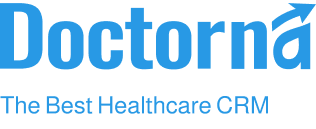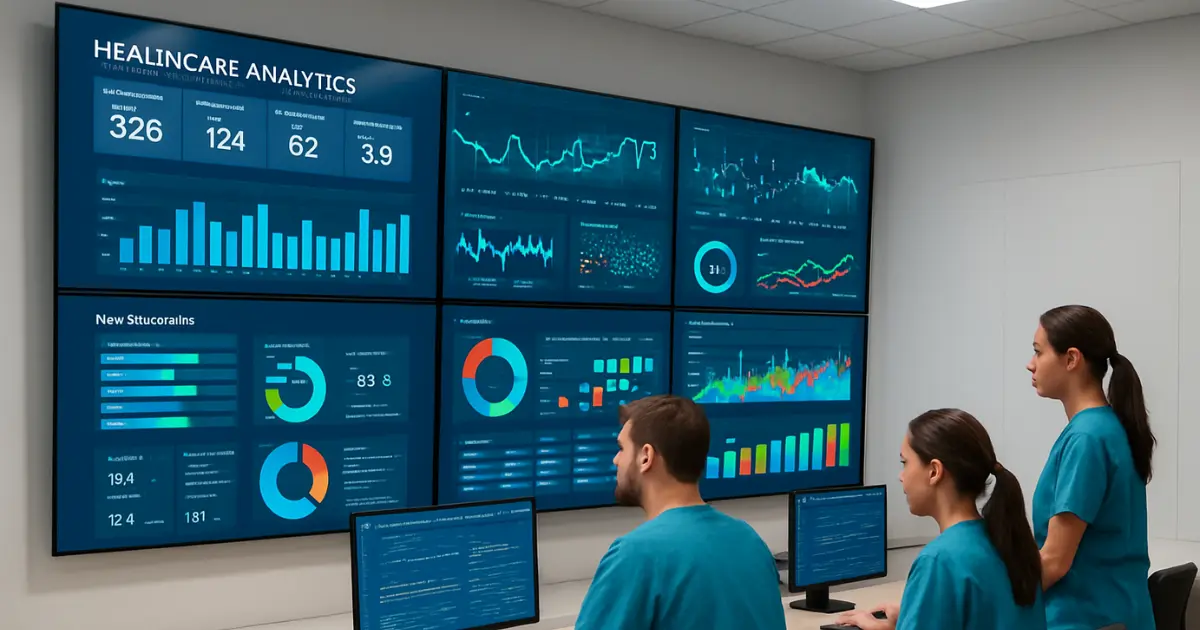A. Understanding its Benefits
- Before we get to the process of CRM implementation, you might be wondering: why adopt CRM in the first place?
As with all industries, the healthcare landscape is drastically changing. We are faced with an array of challenges, including managing patient data, ensuring compliance with stringent regulations, optimizing communication, and improving operational quality. It is daunting to navigate these challenges without a strategic ally and that is where CRM software comes into play.
Here is how CRM in healthcare industry can help overcome these hurdles:
- Personalized Patient Experiences: Personalized communication is key to fostering trust and loyalty. With CRM, you create a centralized hub of patient information, including medical history, previous communication, appointment history, etc., enabling you to offer customized services.
- Streamlined Operations: A CRM system automates routine tasks like appointment scheduling, reminders, and billing, thus allowing the staff to focus more on patient care.
- Data Security and Compliance: With a CRM solution in place, all patient information is encrypted during transmission, thus ensuring your facility abides to the requirements of HIPPA, GDPR, and local healthcare regulations.
B. 7 Steps to Successful CRM Implementation
- Understand Your Facility’s Needs
A successful CRM adoption starts with understanding your facility and its unique needs. The first step is to identify your challenges; is it fragmented communication? Or chaotic data management? Maybe it could be the overwhelming administrative tasks that’s affecting your employees. Recognizing the hurdles will allow you to implement a CRM system that targets these issues and transform your organization at its core.
Once you have pinpointed the requirements, it is time to set specific and measurable goals. Clear objectives like increasing patient engagement by 20% or reducing no-show rates by 15% will ensure you track your progress carefully from the get-go.
Lastly, since CRM implementation impacts several departments, it is essential to involve key stakeholders, like department heads, administrators, IT team, and others who are directly using the system. Getting their input will ensure that you identify operational gaps and create a system that can seamlessly integrate across departments. Additionally, this collaboration will also reduce resistance and guarantee a smoother transition into the system.
- Choosing the Right CRM System
Selecting the right CRM system goes beyond than simply finding a tool, it is an investment that can help achieve your organizational goals and evolve with your facility. As every industry is unique in its challenges, it is essential to choose a CRM solution that is designed with healthcare in mind.
Here is a checklist to guide your search:
- Healthcare-Specific Features: As mentioned earlier, every industry is unique and so are the CRM systems. That is why it is crucial to select a solution that is developed with healthcare industry in mind. Choosing a healthcare CRM software guarantees that it includes essential features like patient communication tools, automated scheduling, comprehensive reporting, and other capabilities designed to handle the complexities of the medical industry.
- Evaluate Key Features that Drive Revenue: The right CRM solution isn’t simply a back-end system, instead it is powerful investment that transforms how you deliver care. Before finalizing your decision, it is crucial to evaluate the system’s key features like patient management, appointment scheduling, analytics & reporting, and integration capabilities for its efficiency and ease of use.
- Scalability and Customization: Choose a CRM system that can evolve with your facility. The right CRM software should be scalable and customizable to meet future demands.
- Compliance and Data Security: In healthcare, data security is paramount. Choose a CRM system that complies with healthcare standards like HIPAA and local regulations set by the DHA.
A CRM software not only enhances your daily operations but offers long-term value to your facility and its patients. Take your time to evaluate these factors closely and choose a solution that can be your strategic ally.
- Planning the Implementation Process
Once you have carefully selected the CRM solution, it is time to create an implementation strategy. Even a robust CRM software can fail to achieve its full potential without a solid plan. Here are some essential points to ensure a seamless transition:
- Create a Structured Timeline: Break down the entire implementation process into manageable phases. Key stages include planning, data migration, testing, and full deployment. Spacing things out can simplify the entire procedure and cause minimal disruption to daily tasks. Additionally, it is helpful to rollout a small-scale pilot program to test the system for its efficiency and ease of use. A pilot program will help you identify potential problems early, allowing you tweak the system for better performance.
- Assign Clear Responsibilities: Assigning a project manager and creating a strong cross-functional team is essential for a successful implementation. Delegating responsibilities ensures effective collaboration and accountability, which are crucial for easy transition.
- Allocate Necessary Resources: Ensure you have the required resources, personnel, and technology at disposal for CRM implementation.
By following these steps, you will the foundations for a successful implementation. Remember, the success of the software lies in careful and strategic planning.
- Customize the Solution to Your Needs
One of the biggest advantages of a CRM system is its adaptability. Customize the system to suit your workflows and operational goals to maximize its full potential. Some ways you can tailor the CRM software for optimal performance includes automating tasks, customizing patient communication, and integrating it across the department.
- Data Migration and Testing
One of the key steps in the implementation process is data migration and testing. Ensuring seamless migration of data and testing the software for potential issues will guarantee the CRM is functional and ready to be in a live environment. Three central steps under this phase are:
- Data Migration
- Thorough Testing
- Pilot Program
- Refinement for Final Rollout
Once the software passes a thorough testing and pilot program, you will be able to easily identify gaps and finetune the workflows for better efficiency. After all issues are addressed, you can confidently deploy the system across the entire organization.
- Staff Training and Onboarding
Proper training and onboarding are pivotal for a successful implementation. Ensuring your staff is well-prepared not only improves operational efficiency, but also enhances patient care. Here are some key components of a solid training plan:
- Develop a Detailed Training Program: Since tasks vary according to user roles, it is best to organize training workshops segmented by their responsibilities. In this way, you can offer specialized training relevant to their duties.
- Hands-On Sessions: Incorporate hands-on workshops to familiarize your employees on CRM’s functionality in a live environment.
- Training Materials: Offer in-depth training materials like manuals, quick reference guides, and video tutorials. These resources can be invaluable for your team to consult during their training period and in the future.
- Provide On-Going Support: Post-implementation support is just as important as the initial training. Ensure your vendor offer ongoing support and dedicated help desk to address any issues, concerns, or queries that may arise.
- Encourage Feedback: Foster a culture of open environment and encourage feedbacks. These responses are vital for identifying gaps and improving functionality.
By investing sufficient time and resources, you can ensure a seamless transition for your team. Always remember, an empowered and educated team is essential for the success of CRM software.
- Launch and Montior
Once the training is over, the final step is to launch and monitor the program. It is essential to note that successful implementation doesn’t end at launch, instead we must continually monitor its performance for long-term effectiveness and value. Here are some key actions under this stage:
- Gradual Rollout: Rather than deploying the system throughout the entire organization, consider a gradual or phased out approach. This way, you can introduce the system with departments who are most trained or have participated in the pilot program. A gradual rollout ensures minimal disruption and allows for adjustments.
- Track Key Performance Indicators [KPIs]: Analyze key performance indicators like patient satisfaction, appointment scheduling, employee usage, operational efficiency, data accuracy, and return on investment. These metrics allow to recognize the impact of CRM in your facility.
- Adjust and Optimize: Continually adjust and optimize the system for efficiency. It is also essential to regularly gather feedback from your team to understand any gaps.
C. Wrapping Up
- As you can see, implementing a CRM system requires strategic planning, careful customization, and active staff participation to achieve success. Each phase has a strong purpose and must be done carefully to create a solid foundation for CRM implementation.
If you wish to read a detailed guide on CRM, explore “The Ultimate Guide to Healthcare CRM Systems in Dubai.”







